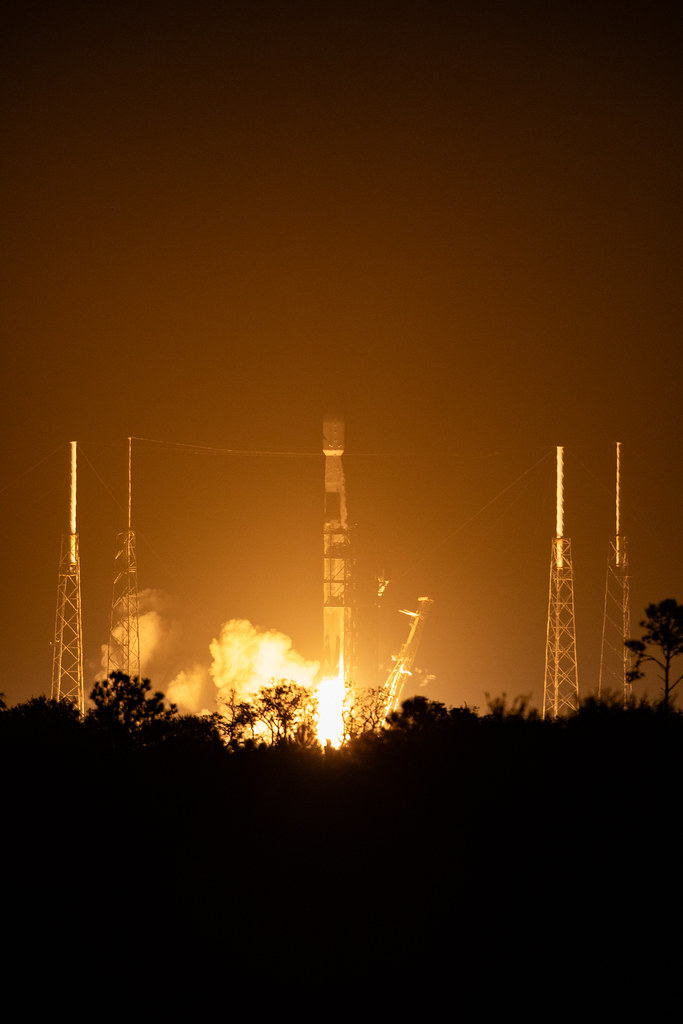#goddard space flight center
Text


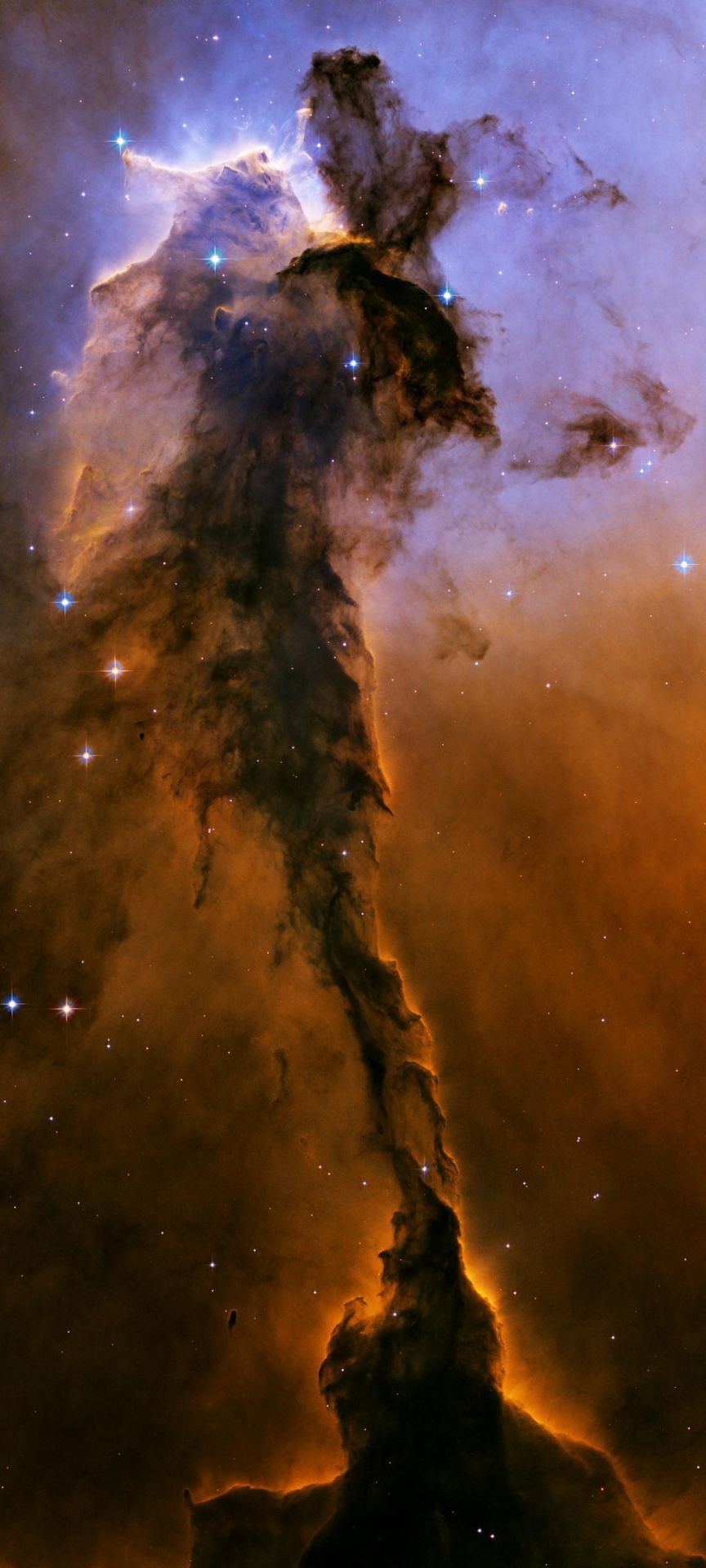
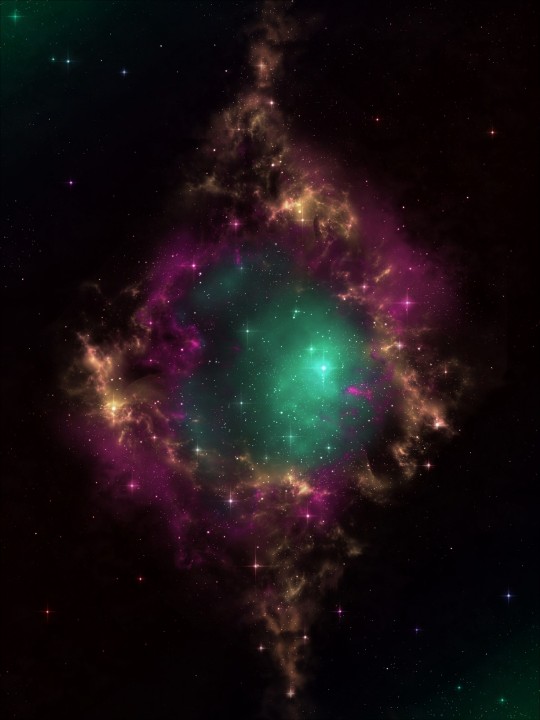
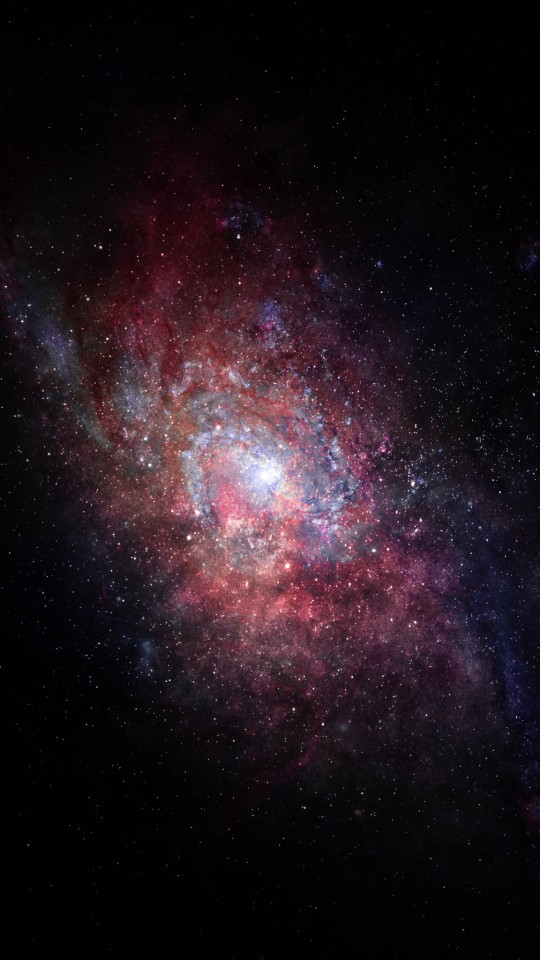
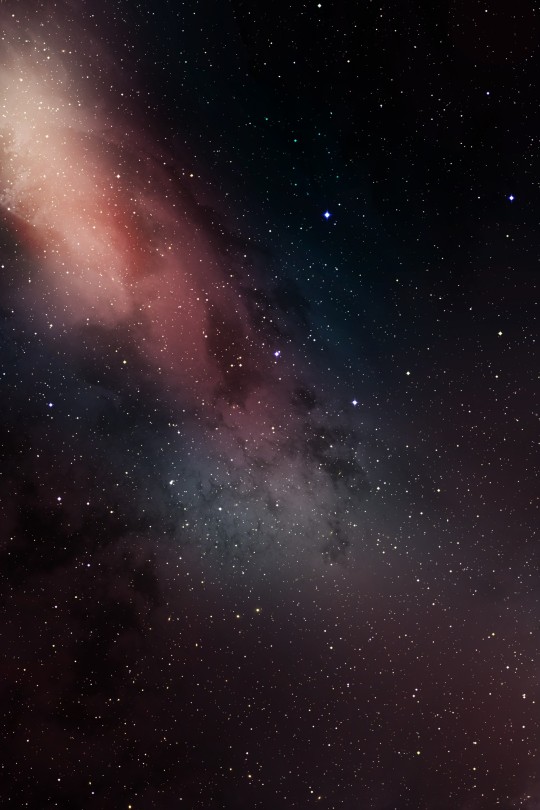
What a beautiful universe we have!
#astrography#astronomers#astrophysics#astrophotography#astrology#astronomy#astro observations#astro notes#nasa#nasa picture of the day#nasa photos#nasawebb#goddard space flight center#space station#space science#space exploration#outer space#space#hubble space telescope#james webb space technology#james webb space telescope#space photography#our universe#universe#united states#james webb images#james webb photos#telescope#james webb telescope#i love space
2K notes
·
View notes
Video
Hubble Uncovers a Celestial Fossil by NASA's Marshall Space Flight Center
Via Flickr:
This densely populated group of stars is the globular cluster NGC 1841, which is part of the Large Magellanic Cloud (LMC), a satellite galaxy of our Milky Way galaxy that lies about 162,000 light-years away. Satellite galaxies are bound by gravity in orbits around a more massive host galaxy. We typically think of the Andromeda Galaxy as our galaxy’s nearest galactic companion, but it is more accurate to say that Andromeda is the nearest galaxy that is not in orbit around the Milky Way galaxy. In fact, dozens of satellite galaxies orbit our galaxy and they are far closer than Andromeda. The largest and brightest of these is the LMC, which is easily visible to the unaided eye from the southern hemisphere under dark sky conditions away from light pollution. The LMC is home to many globular clusters. These celestial bodies fall somewhere between open clusters – which are much less dense and tightly bound – and small, compact galaxies. Increasingly sophisticated observations reveal the stellar populations and characteristics of globular clusters are varied and complex, and we have yet to fully understand how these tightly packed groups of stars form. However, there are certain consistencies across all globular clusters: they are very stable and hold their shape for a long time, which means they are generally very old and contain large numbers of very old stars. Globular clusters are akin to celestial ‘fossils.’ Just as fossils provide insight into the early development of life on Earth, globular clusters such as NGC 1841 can provide insights into very early star formation in galaxies. Credit: ESA/Hubble & NASA, A. Sarajedini #NASA #NASAGoddard #NASAMarshall #NASAGoddard #HubbleSpaceTelescope #HST #ESA #globularcluster Read more Read more about NASA’s Hubble Space Telescope NASA Media Usage Guidelines
#NASA#Goddard Space Flight Center#GSFC#Solar System & Beyond#ESA#European Space Agency#universe#space#astronomy#Marshall Space Flight Center#MSFC#Hubble Space Telescope#HST#Hubble#globular cluster#NGC 1841#star cluster#globular star cluster#stars#Watch
20 notes
·
View notes
Link
NASA is awarding $11.7 million to eight Historically Black Colleges and Universities (HBCUs) through the new Data Science Equity, Access, and Priority in Research and Education (DEAP) opportunity. These awards will enable HBCU students and faculty to conduct innovative data science research that contributes to NASA’s missions.
“We’re pleased to make progress through awards like this to intentionally build the STEM pipeline of the future, especially in communities of color,” said NASA Deputy Administrator Pam Melroy. “It’s fitting during Black History Month that we make this tangible step to build on the talent pool at HBCUs in our ongoing work to bring to the table all the talents and perspectives we’ll need to send humans to the Moon, Mars and beyond, and do amazing science throughout the solar system.”
Continue Reading
94 notes
·
View notes
Text
By: Passant Rabie
Published: April 11, 2023
When Dr. Makenzie Lystrup was sworn in as the new director of NASA’s Goddard Space Flight Center last week, she didn’t take her oath of office on the Bible or the U.S. Constitution, but rather on a tome revered by space enthusiasts everywhere: Carl Sagan’s Pale Blue Dot.
The book, published in 1994, is named after an iconic image of Earth, snapped by the Voyager I probe, that depicts the planet as a small speck smothered by the emptiness of space. That photo inspired astronomer Carl Sagan to write: “Look again at that dot. That’s here. That’s home. That’s us.” For many, the book serves as a reminder of humanity’s place in the universe and the need to preserve our home planet, which makes it similar to holy scripture for a newly appointed NASA director.
On Thursday, when Lystrup chose to place her left hand on a copy of Sagan’s book while being sworn in by NASA Administrator Bill Nelson, a photographer captured the moment, and NASA Goddard’s social media shared the image.
The constitution does not require that government officials be sworn in using a particular text, just that they “shall be bound by Oath or Affirmation, to support this Constitution.” Most U.S. politicians and officials end up using the Bible.
But over the years, many officeholders have improvised while taking their oath. In 2018, Mariah Parker was sworn in as a member of the Athens-Clarke County commissioners with her hand placed on a copy of “The Autobiography of Malcom X.” When former U.S. ambassador to Switzerland Suzi LeVine took her oath in 2014, she put a hand on her Kindle. Keith Ellison, the first Muslim to be elected to Congress, took his oath in 2007 using the Quran.
Sagan is a revered figure in the space sciences community for his pioneering contributions to space exploration. “Like many astronomers and space scientists, my passion started with watching Carl Sagan’s ‘Cosmos’ on public television as a child,” Lystrup, who is a planetary scientist like Sagan, said in an emailed statement. “Sagan worked very hard to make science accessible and meaningful to everyone, and ‘Pale Blue Dot’ emphasizes the importance of exploring our universe and understanding our home planet.”
“Given its personal significance to me and how its message resonates with the work we do at NASA Goddard on behalf of the world, it felt apropos to include it in the ceremony,” she added.
Lystrup will be the first female center director of the Goddard Space Flight Center, which includes a primary campus in Greenbelt, Maryland, as well as Wallops Flight Facility in Virginia, the Katherine Johnson Independent Verification & Validation Facility in West Virginia, the Goddard Institute for Space Studies in New York, the White Sands Complex in New Mexico, and the Columbia Scientific Balloon Facility in Texas.
Goddard is home to the nation’s largest concentration of scientists, engineers and technologists dedicated to Earth and space science, according to NASA.

#Makenzie Lystrup#Carl Sagan#Pale Blue Dot#science#NASA#Goddard Space Flight Center#oath#affirmation#bible#space science#decline of religion#representation fallacy#representation matters#religion is a mental illness
14 notes
·
View notes
Photo

Lo juro por Carl Sagan.
Makenzie Lystrup es la primera mujer directora del Goddard Space Flight Center. En lugar de jurar usando la Biblia lo ha hecho sobre un libro de Carl Sagan. El famosísimo "Un punto azul pálido" de 1994.
No puede haber mejor juramento para ese cargo.
#nasa#makenzie lystrup#goddard space flight center#Astronomy#astronomia#oath#juramento#carl sagan#pale blue dot
10 notes
·
View notes
Photo

An artist's concept of a Magnetar,
Or a highly magnetic neutron star, which looks a bit like a frozen star.
NASA Goddard Space Flight Center
#art#render#concept#magnetar#cosmos#cosmic#universe#neutron star#star#frozen#goddard space flight center
10 notes
·
View notes
Video
NASA’s NuSTAR Telescope Reveals Hidden Light Shows on the Sun by NASA's Marshall Space Flight Center
Via Flickr:
Even on a sunny day, human eyes can’t see all the light our nearest star gives off. A new image displays some of this hidden light, including the high-energy X-rays emitted by the hottest material in the Sun’s atmosphere, as observed by NASA’s Nuclear Spectroscopic Telescope Array (NuSTAR). While the observatory typically studies objects outside our solar system – like massive black holes and collapsed stars – it has also provided astronomers with insights about our Sun. In this composite image, NuSTAR data is represented as blue and is overlaid with observations by the X-ray Telescope (XRT) on the Japanese Aerospace Exploration Agency’s Hinode mission, represented as green, and the Atmospheric Imaging Assembly (AIA) on NASA’s Solar Dynamics Observatory (SDO), represented as red. NuSTAR’s relatively small field of view means it can’t see the entire Sun from its position in Earth orbit, so the observatory’s view of the Sun is actually a mosaic of 25 images, taken in June 2022. The high-energy X-rays observed by NuSTAR appear at only a few locations in the Sun’s atmosphere. By contrast, Hinode’s XRT detects low-energy X-rays, and SDO’s AIA detects ultraviolet light – wavelengths that are emitted across the entire face of the Sun. Image Credit: NASA/JPL-Caltech/JAXA #nasa #marshallspaceflightcenter #msfc #heliophysics #sun #space #solar #observation #star #astronomy #science #hinode #SDO #SolarDynamicsObservatory #NuSTAR Read More More about NuSTAR More about Solar Dynamics Observatory More about Hinode NASA Media Usage Guidelines
#NASA#NASA's#Marshall#Space#Flight#Center#Heliophysics#Sun#Hinode#NuSTAR#SDO#Solar Dynamics Observatory#Goddard Space Flight Center#GSFC#flickr
3 notes
·
View notes
Link
This photo shows the entire optics system for NASA’s Nancy Grace Roman Space Telescope. It consists ...
#originaltags#goddard space flight center#goddard technology#missions#nancy grace roman space telescope#science-enabling technology#technology#the universe
0 notes
Video
KSC-20240208-PH-KLS01_0039 by NASA Kennedy
Via Flickr:
NASA’s PACE (Plankton, Aerosol, Cloud, ocean Ecosystem) spacecraft, atop a SpaceX Falcon 9 rocket, successfully lifts off from Space Launch Complex 40 at Cape Canaveral Space Force Station in Florida at 1:33 a.m. EST Thursday, Feb. 8. PACE is NASA’s newest earth-observing satellite that will help increase our understanding of Earth’s oceans, atmosphere, and climate by delivering hyperspectral observations of microscopic marine organisms called phytoplankton, as well new data on clouds and aerosols. Photo Credit: NASA/Kim Shiflett NASA image use policy.
#Aerosol#Astrotech Spaceflight Operations#Cape Canaveral Space Force Station#Cloud#Earth#Falcon 9#Goddard Space Flight Center#KSC#Kennedy Space Center#LC 40#LSP#Launch Services Program#PACE#Plankton#SpaceX#algae#climate#ocean Ecosystem#flickr
1 note
·
View note
Text
Detector array delivered for Roman Space Telescope
A plate cover is installed over the detector array for NASA’s Nancy Grace Roman Space Telescope by Principal Technician Billy Keim. Credit: NASA / Chris Gunn
NASA’s Nancy Grace Roman Space Telescope’s primary instrument is set to receive its Focal Plane System, what NASA calls the “heart” of the observatory.
Continue reading Untitled

View On WordPress
#Ball Aerospace#Falcon Heavy#Goddard Space Flight Center#Nancy Grace Roman Space Telescope#NASA#SpaceX#The Range
0 notes
Text
VP Harris and South Korea President to Visit NASA Goddard for Climate Change Work
Vice President Kamala Harris gives remarks in front of the Space Environment Simulator (SES) at NASA’s Goddard Space Flight Center in Greenbelt, Md., in 2021.Credits: NASA/Taylor Mickal
On April 25th, 2023, Vice President Kamala Harris and President Yoon Suk Yeol of South Korea will be visiting NASA’s Goddard Space Flight Center in Greenbelt, Maryland. The purpose of their visit is to witness…

View On WordPress
#air quality#climate change#dark energy#dark matter#exoplanets#GEMS mission#Goddard Space Flight Center#infrared astrophysics#Kamala Harris#NASA#scientific research#South Korea#TEMPO mission#Yoon Suk Yeol
0 notes
Text
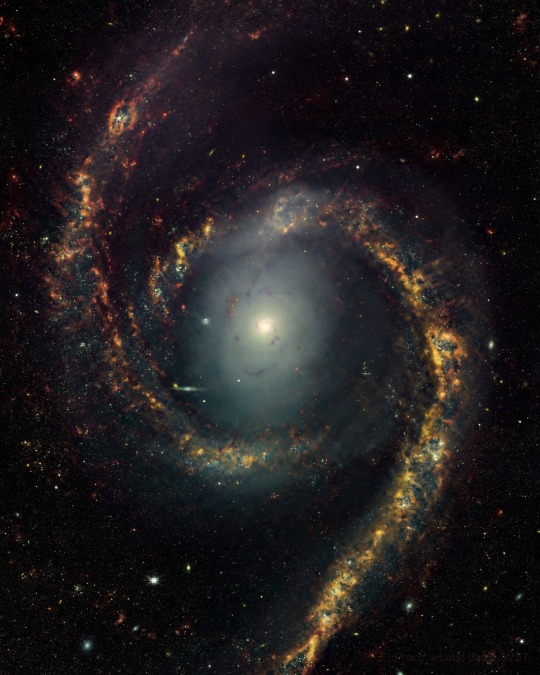
NGC1566 450 Mega Pixels
#goddard space flight center#galaxies#galaxy#astronomy photography#astronews#astrography#astronomers#astro notes#astronauts#astrophotography#astrophysics#astro community#astro observations#astroblr#astrology observations#astronomy#astro boy#nasa#universe#nasa photos#outer space#nasawebb#hubble space telescope#space station#space science#planetary science#science#science facts#our universe#astronomy picture of the day
1K notes
·
View notes
Text
From more than 30 million miles away, NASA engineers have solved a problem with Lucy's solar panels. The spacecraft is now on track to explore 7 mysterious asteroids that were trapped by Jupiter's gravity.
Following the successful launch of NASA’s Lucy spacecraft on Oct. 16, 2021, a group of engineers huddled around a long conference table in Titusville, Florida. Lucy was mere hours into its 12-year flight, but an unexpected challenge had surfaced for the first-ever Trojan asteroids mission.
Data indicated that one of Lucy’s solar arrays powering the spacecraft’s systems — designed to unfurl like a hand fan — hadn’t fully opened and latched, and the team was figuring out what to do next.
Teams from NASA and Lucy mission partners quickly came together to troubleshoot. On the phone were team members at Lockheed Martin’s Mission Support Area outside of Denver, who were in direct contact with the spacecraft.
The conversation was quiet, yet intense. At one end of the room, an engineer sat with furrowed brow, folding and unfolding a paper plate in the same manner that Lucy’s huge circular solar arrays operate.
There were so many questions. What happened? Was the array open at all? Was there a way to fix it? Would Lucy be able to safely perform the maneuvers needed to accomplish its science mission without a fully deployed array?
With Lucy already speeding on its way through space, the stakes were high.
youtube
Within hours, NASA pulled together Lucy’s anomaly response team, comprising members from science mission lead Southwest Research Institute (SwRI) in San Antonio; mission operations lead NASA’s Goddard Space Flight Center in Greenbelt, Maryland; spacecraft builder Lockheed Martin; and Northrop Grumman in San Diego, solar array system designer and builder.
“This is a talented team, firmly committed to the success of Lucy,” said Donya Douglas-Bradshaw, former Lucy project manager from NASA Goddard. “They have the same grit and dedication that got us to a successful launch during a once-in-a-lifetime pandemic.”
United in their pursuit to ensure Lucy would reach its fullest potential, the team began an exhaustive deep dive to determine the cause of the issue and develop the best path forward.
Given that the spacecraft was otherwise perfectly healthy, the team wasn’t rushing into anything.
“We have an incredibly talented team, but it was important to give them time to figure out what happened and how to move forward,” said Hal Levison, Lucy’s principal investigator from SwRI. “Fortunately, the spacecraft was where it was supposed to be, functioning nominally, and – most importantly – safe. We had time.”
Staying focused during many long days and nights, the team worked through options. To evaluate Lucy’s solar array configuration in real time, the team fired thrusters on the spacecraft and gathered data on how those forces made the solar array vibrate. Next, they fed the data into a detailed model of the array’s motor assembly to infer how rigid Lucy’s array was – which helped uncover the source of the issue.
At last, they closed in on the root cause: a lanyard designed to pull Lucy’s massive solar array open was likely snarled on its bobbin-like spool.
After months of further brainstorming and testing, Lucy’s team settled on two potential paths forward.
In one, they would pull harder on the lanyard by running the array’s back-up deployment motor at the same time as its primary motor. The power from two motors should allow the jammed lanyard to wind in further and engage array’s latching mechanism. While both motors were never originally intended to operate at the same time, the team used models to ensure the concept would work.
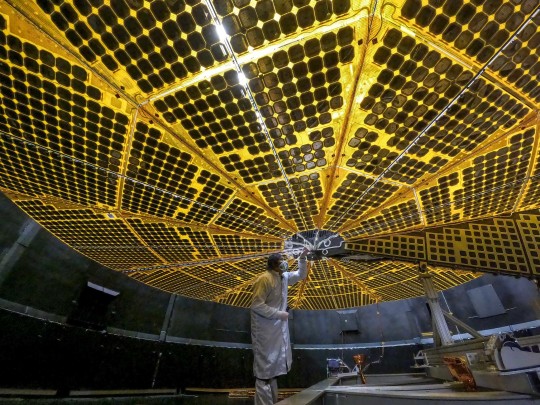
The second option: use the array as it was – nearly fully deployed and generating more than 90% of its expected power.
“Each path carried some element of risk to achieve the baseline science objectives,” said Barry Noakes, Lockheed Martin’s deep space exploration chief engineer. “A big part of our effort was identifying proactive actions that mitigate risk in either scenario.”
The team mapped out and tested possible outcomes for both options. They analyzed hours of the array’s test footage, constructed a ground-based replica of the array’s motor assembly, and tested the replica past its limits to better understand risks of further deployment attempts. They also developed special, high-fidelity software to simulate Lucy in space and gauge any potential ripple effects a redeployment attempt could have on the spacecraft.
“The cooperation and teamwork with the mission partners was phenomenal,” said Frank Bernas, vice president, space components and strategic businesses at Northrop Grumman.
After months of simulations and testing, NASA decided to move forward with the first option – a multi-step attempt to fully redeploy the solar array. On seven occasions in May and June, the team commanded the spacecraft to simultaneously run the primary and backup solar array deployment motors. The effort succeeded, pulling in the lanyard, and further opening and tensioning the array.
The mission now estimates that Lucy’s solar array is between 353 degrees and 357 degrees open (out of 360 total degrees for a fully deployed array). While the array is not fully latched, it is under substantially more tension, making it stable enough for the spacecraft to operate as needed for mission operations.
The spacecraft is now ready and able to complete the next big mission milestone – an Earth-gravity assist in October 2022. Lucy is scheduled to arrive at its first asteroid target in 2025.
By Lauren Duda
Lockheed Martin Space Media contact: Nancy N. Jones
NASA’s Goddard Space Flight Center, Greenbelt, Md.
Source: https://www.nasa.gov/feature/goddard/2022/nasa-team-troubleshoots-asteroid-bound-lucy-across-millions-of-miles
#asteroids#beautiful#astro observations#asteroid astrology#Goddard Space Flight Center#thank you nasa#NASA#solar system#astrophotography#jupiter#outer space#astronomy#planets#centers#Lucy Asteroid Mission#space science#scientists#Youtube
1 note
·
View note
Text






From the NASA Goddard Space Flight Center
#nasa#goddard space flight center#spacecraft#spacecraft replica#replica#outer space#satellite#moon rock#lunar rock#clean room
0 notes
Text

Twin Jet Nebula
(Image credit: NASA/Goddard Space Flight Center)
105 notes
·
View notes
Link
On Earth Day, Learn How NASA Investigates the Blue in Our Blue Planet This Earth Day, jo...
0 notes


